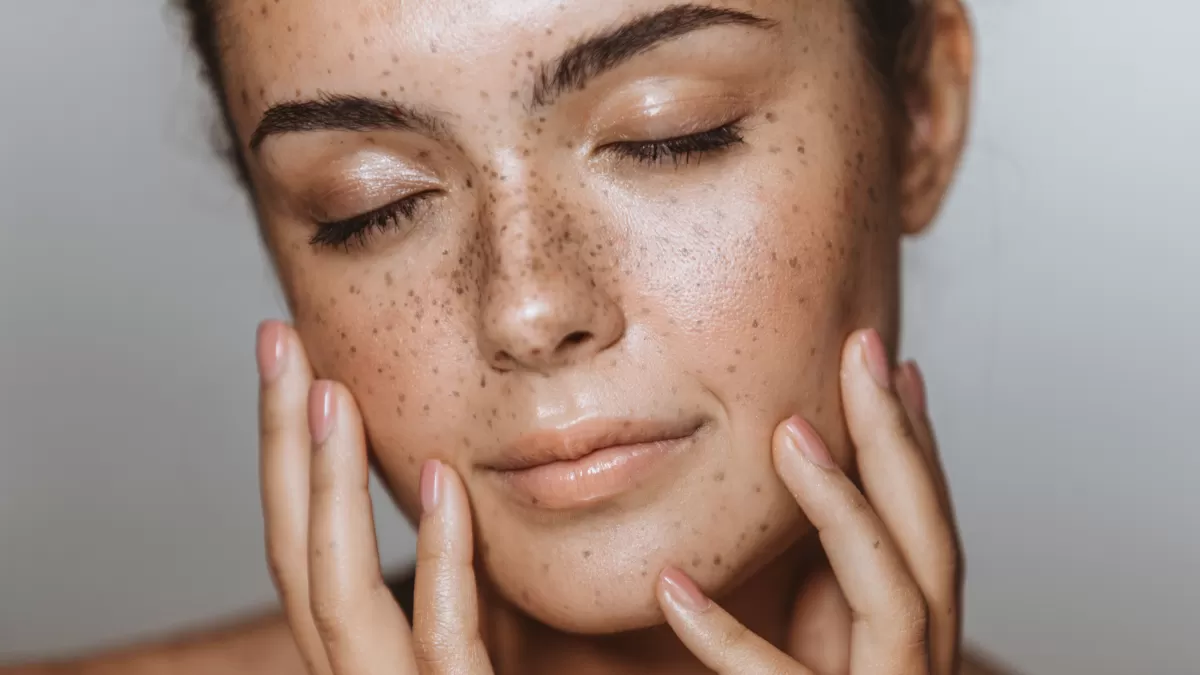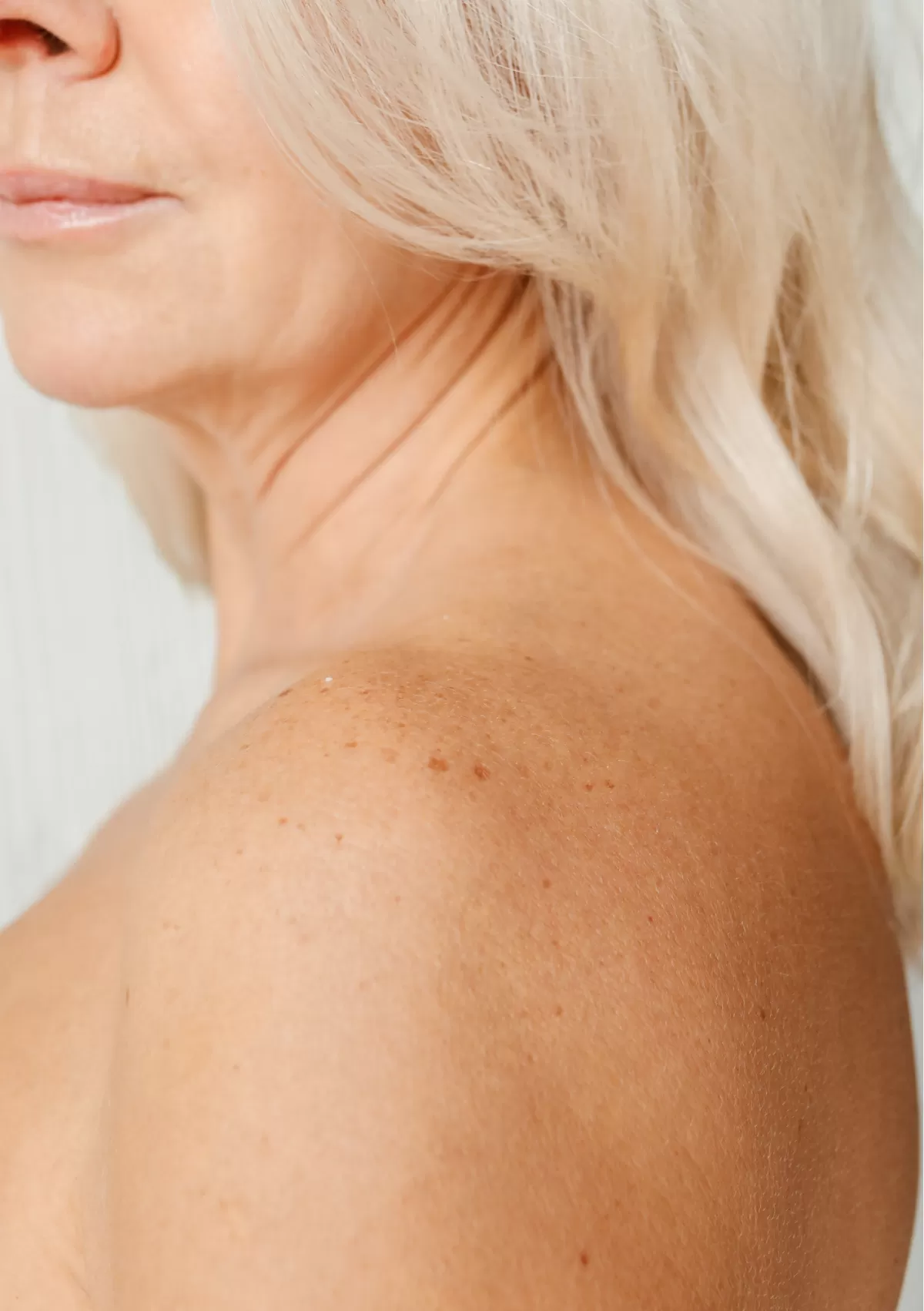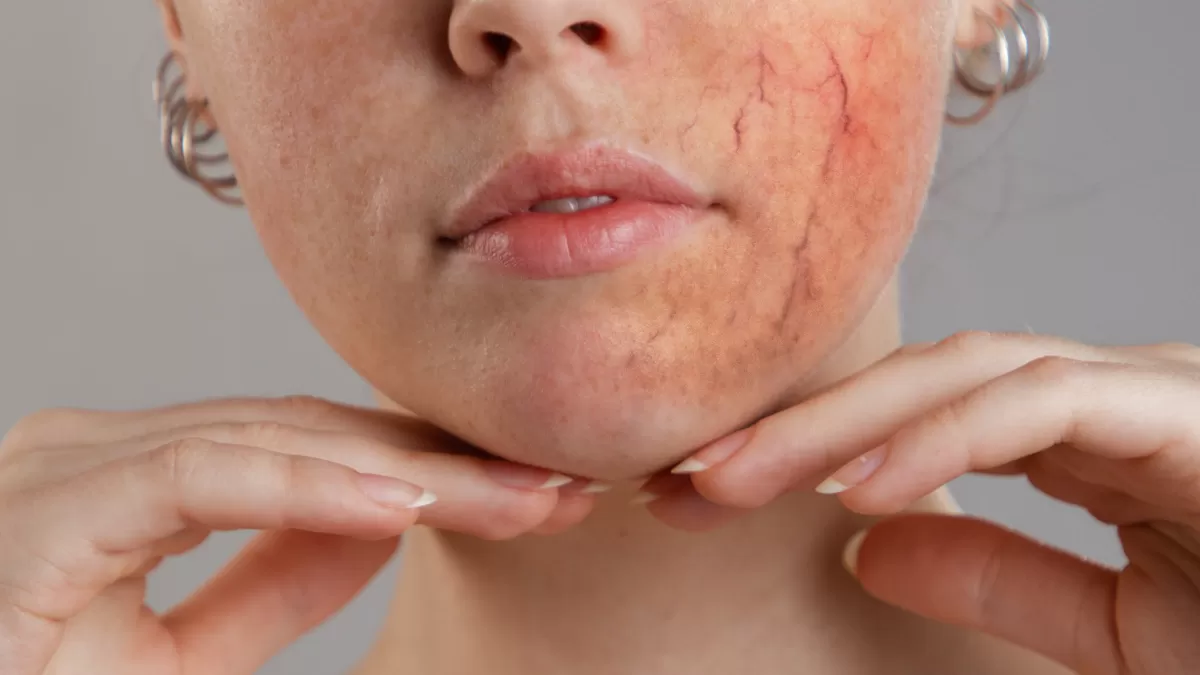The Ultimate Guide to Laser Skin Resurfacing: What You Need to Know

In the realm of cosmetic procedures, laser skin resurfacing stands out as a beacon of innovation, offering a path to rejuvenated, youthful skin. This non-invasive technique leverages the power of concentrated light to address a myriad of skin concerns, from wrinkles and fine lines to scars and uneven texture. If you’re considering this transformative procedure, our comprehensive guide is your first step toward understanding what laser skin resurfacing entails and how it can benefit you.
What is Laser Resurfacing?
Laser skin resurfacing is a cutting-edge procedure that uses laser technology to remove layers of skin with precision. The process involves directing concentrated beams of light to the targeted areas, effectively removing the outer layer of skin (epidermis) and heating the underlying skin (dermis). This action stimulates the growth of new collagen fibers, resulting in smoother, firmer, and more youthful-looking skin. As a versatile solution, laser resurfacing addresses various skin issues, including wrinkles, age spots, acne scars, and uneven skin tone.
Different Types of Laser Skin Resurfacing (Ablative vs Non-Ablative)
When delving into laser skin resurfacing, two main types emerge: ablative and non-ablative lasers.
- Ablative Lasers: These are more intensive, removing the top layer of skin to reveal new, youthful skin underneath. Ablative lasers, such as CO2 (Carbon Dioxide) and Erbium, are highly effective in treating deeper wrinkles, scars, and other more significant skin concerns.
- Non-Ablative Lasers: Offering a gentler approach, non-ablative lasers work by heating up the underlying skin tissue without harming the surface. This method stimulates collagen production and skin rejuvenation with minimal downtime. Examples include Nd:YAG and fractional lasers, ideal for treating fine lines and mild skin imperfections.
Benefits of Laser Resurfacing
The benefits of ablative laser resurfacing include dramatic improvements in skin texture, tone, and appearance, effectively diminishing deeper wrinkles and scars. On the other hand, non-ablative laser treatments offer a more subtle rejuvenation, improving skin tone and texture with less downtime and discomfort.
Ideal Candidates
Ideal candidates for laser skin resurfacing are individuals seeking improvement for various skin issues like wrinkles, sun damage, acne scars, or uneven skin tone. It’s crucial for candidates to have realistic expectations and be in good general health. A consultation with a specialist can help determine if laser resurfacing is right for you.
Expected Clinical Outcome
Ablative lasers provide more significant, transformative results, making them suitable for those with deeper wrinkles and more pronounced skin issues. Recovery may take up to two weeks, but the results can be dramatic and long-lasting. Non-ablative lasers, while less invasive, offer gradual improvements with minimal downtime, requiring multiple sessions to achieve the desired outcome.
Recovery Timeline
The recovery timeline for ablative laser treatment can range from one to two weeks, with redness and peeling as common side effects. Non-ablative treatments have a much shorter recovery period, typically involving only mild redness and swelling for a few days. Proper post-treatment care is crucial for both types to ensure the best results and minimal side effects.
Choosing the Right Specialist
Selecting the right specialist is paramount. Look for a licensed professional with extensive experience in laser treatments. Check their credentials, read reviews, and consult with them to discuss your goals and expectations. A trustworthy specialist will ensure your safety and the effectiveness of your treatment.
FAQ
How long do laser resurfacing results last?
Results can last for years, depending on the type of laser used, your skin type, and how well you care for your skin post-procedure.
Is laser skin resurfacing painful?
Discomfort varies by laser intensity and individual pain tolerance. Ablative lasers may require local anesthesia, while non-ablative treatments are less painful.
Can laser resurfacing be done on all skin types?
Yes, but certain lasers are better suited for different skin types. Consultation with a specialist is essential.
How many sessions are needed for optimal results?
Ablative treatments often require one session, while non-ablative may need multiple sessions spaced out over time.
How to book laser surfacing at The R Clinic
Laser skin resurfacing offers a promising path to revitalised, youthful skin, whether you choose ablative for dramatic results or non-ablative for a gentler approach. Understanding the procedure, types, benefits, and recovery can help you make an informed decision. Consult with our qualified specialist to determine the best course of action for your skin concerns and goals.
Ready to explore how laser skin resurfacing can transform your skin? Contact our office today to schedule a consultation and learn more about your options for achieving radiant, youthful skin.
Resources
Journal of American Academy of Dermatology: The spectrum of laser skin resurfacing: Nonablative, fractional, and ablative laser resurfacing. Journal of American Academy of Dermatology. (https://www.jaad.org/article/S0190-9622(08)00083-2/abstract)
https://my.clevelandclinic.org/health/treatments/11015-laser-skin-resurfacing
https://www.webmd.com/beauty/laser-skin-resurfacing
https://www.healthline.com/health/beauty-skin-care/laser-skin-resurfacing
https://www.asds.net/LaserResurfacingInformation.aspx
https://www.plasticsurgery.org/cosmetic-procedures/laser-skin-resurfacing


